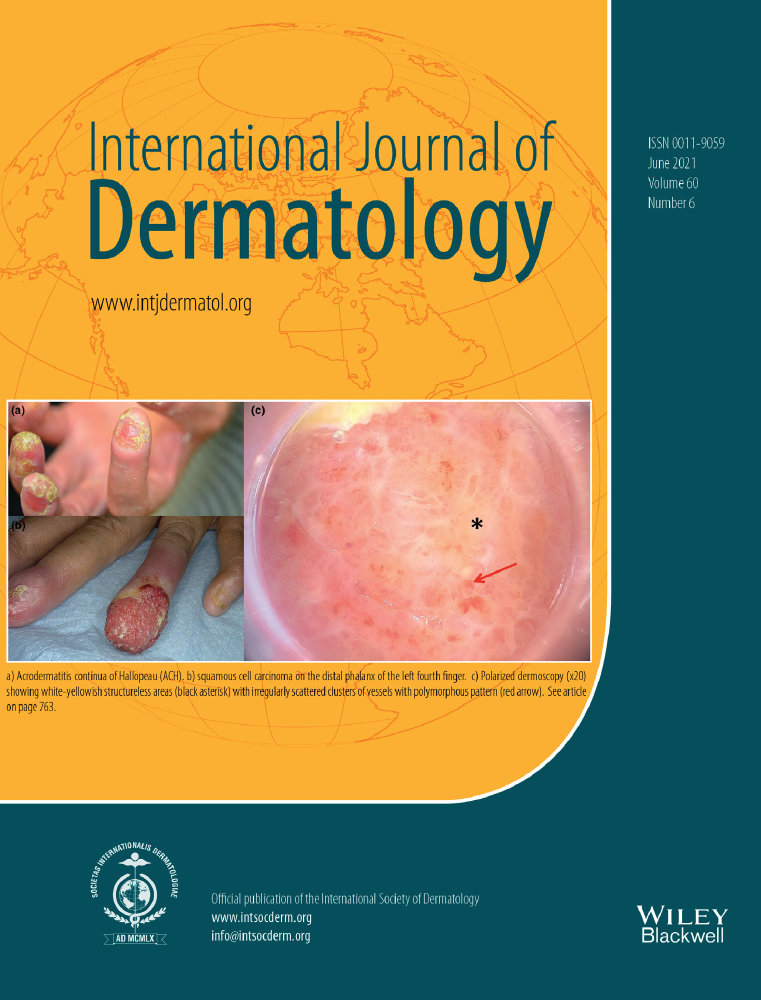The role of prostaglandins in androgenetic alopecia
Conflict of interest: None.
Funding source: None.
Abstract
Background
Though androgenetic alopecia (AGA) is one of the most common diseases affecting both sexes and all races, its pathogenesis is not completely clarified. The aim of this study was to investigate the role of the four major prostaglandins (PGs) (PGE2, PGD2, PGF2α, and PI2 or prostacyclin) in the pathogenesis of AGA in males and females.
Methods
Human scalp biopsies were obtained from 30 adults (17 males and 13 females) suffering from AGA and from 30 healthy adults (18 males and 12 females). In each subject, two skin biopsies were performed, one from the frontal bald area and another one from the occipital area with normal hair growth. In the healthy group, biopsies were taken from both areas too. In each sample, all four PGs were measured.
Results
In the patient group, PGD2 and prostacyclin or PGI2 levels were increased in bald compared to haired scalp. On the contrary, measurements of PGE2 and PGF2α showed that they were diminished in bald areas compared to haired areas. PG levels in healthy samples were comparable to the haired areas.
Conclusion
These results support that there is a fine balance between these four proteins in scalp hair follicles, and its maintenance may be crucial for hair growth. Furthermore, their receptors could be potential targets for treatment of AGA.




